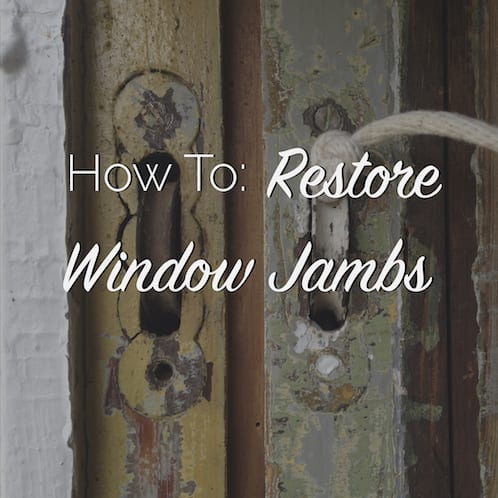 It may seem like a daunting task to restore your own windows, but I’m here to tell you that just ain’t the case. If you’ve got two thumbs, then you can scrape paint and that is the hardest part of any window restoration project. Learning how to restore window jambs, while the most physically demanding part of any window restoration project, is the least technically difficult.
It may seem like a daunting task to restore your own windows, but I’m here to tell you that just ain’t the case. If you’ve got two thumbs, then you can scrape paint and that is the hardest part of any window restoration project. Learning how to restore window jambs, while the most physically demanding part of any window restoration project, is the least technically difficult.
I could write out all kinds of instructions for you on the topic like I used to do before the days of video streaming on the internet, but today I figure a video is the best way to show how to restore window jambs since a picture is worth a thousand words and video, well, that’s worth a thousand pictures so you do the math!
I will give you guys the materials and basic steps below so you have the right order of operations, which is immensely important. This post will also contain a primer video that shows you removal of the sash and all the mechanical work involved in a jamb restoration. I tend to think of the mechanicals as a separate item, that’s why I’ve broken them out into the other video.
Getting Started
The first step is getting the sash out so the jamb is exposed and ready for restoration, you’ve gotta pull the parting bead and stops off to ready for the repairs you need to make. Sure you can leave them in, but it often makes it easier. The video below will show you exactly how to get the sash out and also covers the mechanical elements of the window like ropes and pulleys. Check this video out to get you started and prepped to begin your jamb restoration.
Restoring Window Jambs
Okay, the sash are out and your jambs are ready and waiting for you. What on earth are you supposed to do to get these jambs ready for those beautifully restored sash you’re going to put back in them? First, you’re going to need some supplies to make sure you are setup for success. Below is the list of everything I use in my jamb restorations.
Supplies
- ProScraper Vacuum Scraper
- Festool Midi Dust Extractor
- Festool ETS 125 Sander
- Marpels Wood Chisel
- Purdy 2″ Sash Brush
- Abatron LiquidWood
- Abatron WoodEpox
- Ben Moore FreshStart Moorwhite Long Oil Wood Primer
Once you’re stocked up with supplies, you need to prepare your work area for some lead safe work so that you don’t end up dying an early death or killing those around you. It’s not as scary as it sounds. Check out this post to get the 411 on how to do it right. How To: Lead Safe Work Practices
Step 1 Paint Removal
Grab your scraper and take all that excess paint off of the jambs. This built up paint makes it extremely difficult for the sashes to slide smoothly, so removal really is necessary. You don’t have to go all the way to bare wood, but the build up definitely needs to be brought back down.
Step 2 Repair
You may have larger repairs that require some more complex carpentry which happens from time to time, but usually it’s nothing a little epoxy can’t take a care of. I’m a big Abatron fan, so I use their epoxies listed above. Clean out the loose wood, apply your LiquidWood, then fill the voids with WoodEpox. If you’re nervous about using epoxy, don’t worry, the Abatron system is extremely simple and I’ve got a detailed post on doing these epoxy repairs right here.
Step 3 Sand
Can’t leave everything rough and ugly, so I give everything a good sanding with an 80-grit paper to make sure it’s all smooth. Then clean off the surfaces with a tack cloth or damp rag and you’re ready for the next step.
Step 4 Prime & Paint
Put on a solid coat of primer and once that is dry, finish the jambs with a good enamel paint. It doesn’t matter if it’s oil-based or water-based, as long as you’re using a paint with a hard finish that’s meant for exterior conditions.
Below is the video to show you those 4 simple steps in action. While the video below is only 2 minutes, the whole process takes a couple hours of work, not counting drying times, so, do plan accordingly. It can easily be done in phases if your schedule requires.
That’s it! You’re now ready to restore the jambs and mechanicals of almost any double-hung window with both of these videos in hand. If you’re planning on tackling this yourself be sure to pick up a copy of my book Old Windows In-Depth that covers everything from A-Z about restoring your windows. It’s the perfect companion for anyone looking to restore wood windows.
The post How To: Restore Window Jambs appeared first on The Craftsman Blog.
Source: https://thecraftsmanblog.com/how-to-restore-window-jambs/
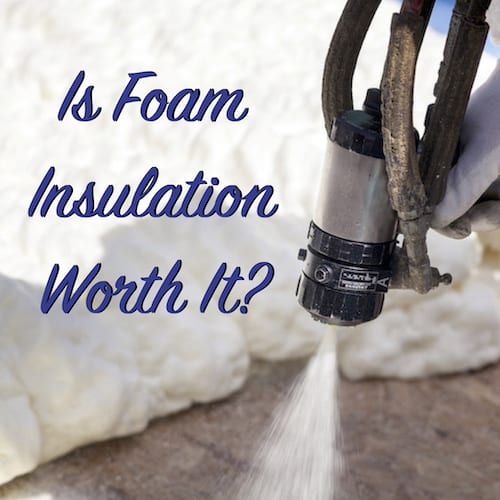 It gets cold outside in the winter but that doesn’t mean it has to be cold inside your house. Using the right kind of insulation in the right way is the key to staying warm and safe indoors. I recently talked about the
It gets cold outside in the winter but that doesn’t mean it has to be cold inside your house. Using the right kind of insulation in the right way is the key to staying warm and safe indoors. I recently talked about the 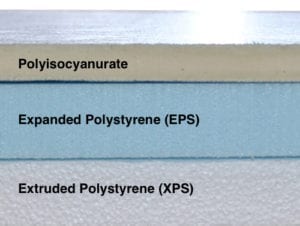
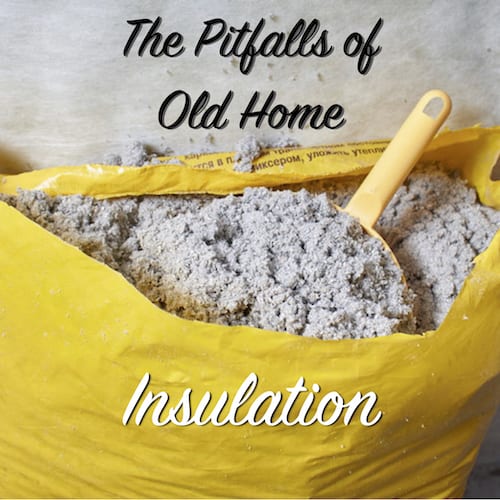 Old home insulation is a controversial topic among old house owners and restorers. What are the right materials to add and where can I use them? Will it cause unforeseen problems down the line? There are lots of questions and it seems fewer answers than needed, so, with this post, I hope to provide some much needed answers.
Old home insulation is a controversial topic among old house owners and restorers. What are the right materials to add and where can I use them? Will it cause unforeseen problems down the line? There are lots of questions and it seems fewer answers than needed, so, with this post, I hope to provide some much needed answers.

 Some home projects provide more value than others and some can provide a huge Return on Investment (ROI) when compared to the rest of the pack. Sometimes that payback is in the form of added value for a potential sale and other times the financial boon comes from reduced energy costs that keep racking up month after month.
Some home projects provide more value than others and some can provide a huge Return on Investment (ROI) when compared to the rest of the pack. Sometimes that payback is in the form of added value for a potential sale and other times the financial boon comes from reduced energy costs that keep racking up month after month.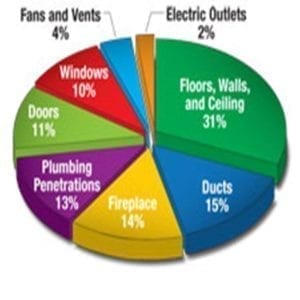
 The green movement swept across the country more than a decade ago promising to change the way we thought about things like energy efficiency, recycling, waste, and the environment as a whole. And while it brought it us some environmental awareness as a society, it’s my opinion that in 2019 we can officially write its obituary.
The green movement swept across the country more than a decade ago promising to change the way we thought about things like energy efficiency, recycling, waste, and the environment as a whole. And while it brought it us some environmental awareness as a society, it’s my opinion that in 2019 we can officially write its obituary.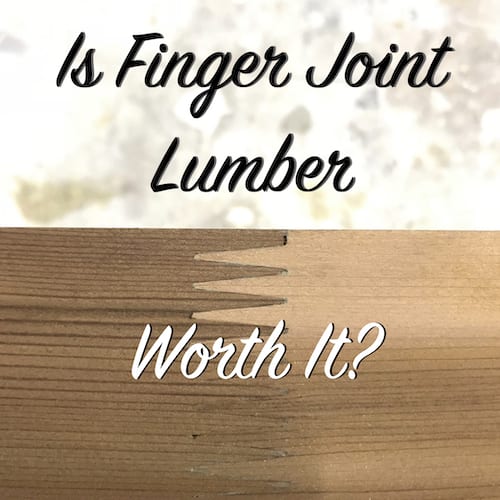 We all want cheaper lumber, right? Well, you may not want “cheap” lumber, but you certainly don’t want to pay any more for your materials than you have to. And that’s where finger joint lumber comes in. While it can save you a lot on your lumber and molding costs it may not be the best choice for your project.
We all want cheaper lumber, right? Well, you may not want “cheap” lumber, but you certainly don’t want to pay any more for your materials than you have to. And that’s where finger joint lumber comes in. While it can save you a lot on your lumber and molding costs it may not be the best choice for your project.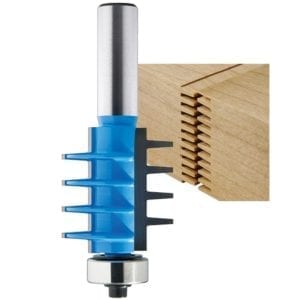
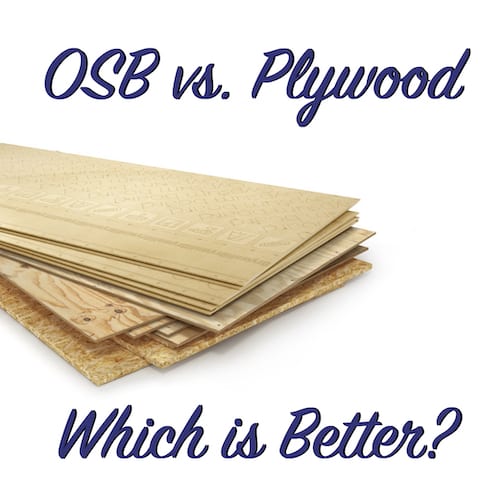 What’s the difference in OSB vs. plywood? They are certainly two very similar items that are used in almost identical applications. The general public often calls plywood OSB and OSB plywood. So, what’s the difference, really? Is it like the difference between Coke and Pepsi or is it more serious than that?
What’s the difference in OSB vs. plywood? They are certainly two very similar items that are used in almost identical applications. The general public often calls plywood OSB and OSB plywood. So, what’s the difference, really? Is it like the difference between Coke and Pepsi or is it more serious than that?